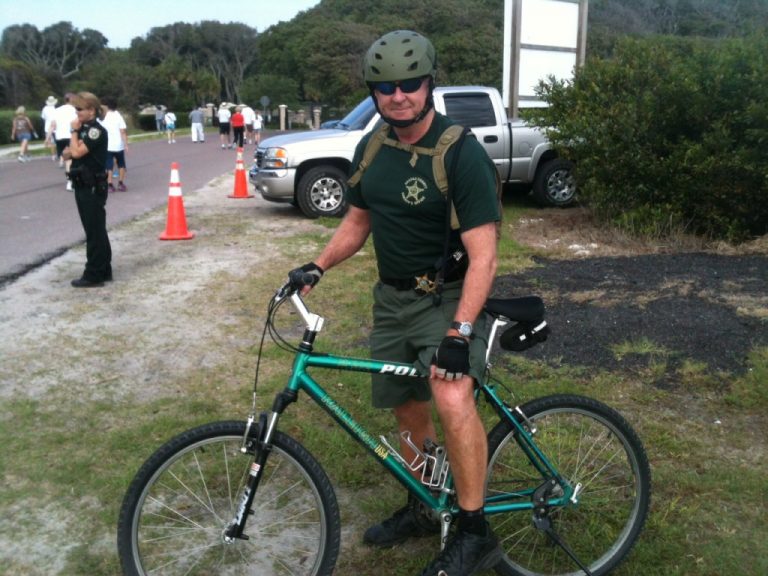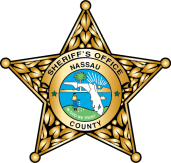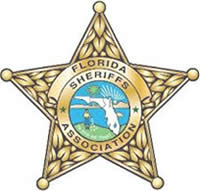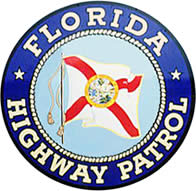
In Florida the bicycle is legally defined as a vehicle. Bicyclists have the same rights to the roadways and must obey the same traffic laws as the operators of other vehicles. These laws include stopping for stop signs and red lights, riding with the flow of traffic, using lights at night and yielding the right-of-way when entering a roadway.
Bicycle Regulations (Florida State Statute Section 316.2065)
- A bicyclist must obey all traffic controls and signals.
- A bicyclist must use a fixed, regular seat for riding.
- No bicycle may be used to carry more persons at one time than the number for which it is designed or equipped.
- At least one hand must be kept on the handlebars while riding.
- Parents and guardians must not knowingly allow a child to violate any provisions of this section.
- Every bicycle must be equipped with a brake or brakes which allow the rider to stop within 25 feet from a speed of 10 miles per hour on dry, level, clean pavement.
- Bicycles must be equipped with a white light in the front and red light in the rear (both can be fixed or flashing).
- A bicycle rider or passenger under 16 years of age must wear a bicycle helmet that is properly fitted, fastened securely, and meets a nationally recognized standard.
When a lane is too narrow for a bicycle and a car to share safely, the cyclist is entitled to the use of the entire lane. Within this lane, the cyclist usually rides on the right half to facilitate visibility for overtaking motorists, but should ride far enough left to discourage motorists from trying to squeeze past within the lane.
If there is no shoulder or bicycle lane and the traffic lane is narrow, ride closer to the center of the lane. This will prevent motorists from passing you when there is not enough room. You should also use the traffic lane when you are traveling at the same speed as the traffic around you. This will keep you out of motorists’ blind spots and reduce conflicts with right-turning traffic.
A cyclist going straight through an intersection in a lane that serves thru traffic and right turns should ride in the center or left half of the lane to avoid common collisions. Cyclists should never ride straight in a lane marked exclusively for right turns, i.e., one marked or signed with the word “ONLY.”
Motorists Passing Bicyclists
Be patient when passing a bicyclist. Slow down and pass only when it is safe. Do not squeeze the bicyclist off the road. If road conditions and space permit, allow clearance of at least three feet when passing a bicyclist.
Motorists must look carefully for bicyclists before turning right, merging into bicycle lanes and opening doors next to moving traffic. Respect the right-of-way of bicyclist because they are entitled to share the road with you.
Safety Reminders
When riding on sidewalks or in crosswalks, a bicyclist has the same rights and duties as a pedestrian. A bicyclist riding on sidewalks or in crosswalks must yield the right-of-way to pedestrians and must give an audible signal before passing.
A bicyclist may not wear a headset, headphone, or other listening device other than a hearing aid when riding. Wearing a headset blocks out important audio clues needed to detect the presence of other traffic.
Helpful Links
Florida’s Pedestrian and Bicycling Safety Resource Center http://www.pedbikesrc.ce.ufl.edu/
Florida Bicycle Association http://www.floridabicycle.org/rules/bikelaw.html
Friends of the Legacy Trail http://www.legacytrailfriends.org/



